In today’s digital age, a website is more than just an online brochure; it’s your digital storefront, a communication hub, and often, the first impression you make. Whether you’re a budding entrepreneur, a seasoned business owner, or simply someone looking to share their passion, understanding website development is crucial.
What is Website Development?
Website development encompasses the process of building and maintaining websites. It’s a broad term that includes everything from designing the layout and user interface to coding the functionality and ensuring the site performs smoothly. Essentially, it’s about transforming ideas into a functional and engaging online presence.
The Key Components
Website development can be broken down into several key areas:
- Front-End Development:
- This focuses on the user-facing side of the website. It’s what visitors see and interact with.
- Key technologies include HTML (structure), CSS (styling), and JavaScript (interactivity).
- A good front-end ensures a visually appealing and user-friendly experience.
- Back-End Development:
- This deals with the server-side of the website, handling data storage, processing, and logic.
- Technologies like Python, PHP, Java, and Node.js are commonly used.
- A robust back-end ensures the website functions correctly and efficiently.
- Database Management:
- Websites often need to store and retrieve data, such as user information, product details, or blog posts.
- Database management systems like MySQL, PostgreSQL, and MongoDB are used for this purpose.
- Content Management Systems (CMS):
- Platforms like WordPress, Drupal, and Joomla simplify website creation and management, especially for those without extensive coding knowledge.
- CMS platforms allow for easy content updates and website customization.
- Web Design:
- Web design is focused on the planning and creation of a websites visual appearance. This includes the layout, color scheme, and typography.
- User experience (UX) and user interface (UI) are very important aspects of good web design.
The Development Process
Building a website typically involves these steps:
- Planning: Defining the website’s purpose, target audience, and content.
- Design: Creating wireframes and mockups to visualize the website’s layout and appearance.
- Development: Coding the front-end and back-end functionality.
- Testing: Ensuring the website functions correctly across different browsers and devices.
- Deployment: Launching the website on a web server.
- Maintenance: Regularly updating content, fixing bugs, and ensuring security.
Why a Well-Developed Website Matters
- Establishes Credibility: A professional website builds trust with potential customers.
- Expands Reach: A website allows you to reach a global audience.
- Provides Information: A website serves as a central hub for information about your business or passion.
- Generates Leads: A well-designed website can attract and convert visitors into customers.
- 24/7 Availability: Your website is always accessible, even when you’re not.
Getting Started
If you’re new to website development, there are numerous resources available online:
- Online courses and tutorials.
- Coding bootcamps.
- Open-source projects.
- Online communities and forums.
Whether you choose to learn the skills yourself or hire a professional, understanding the fundamentals of website development is essential in today’s digital world.



Leave a Reply